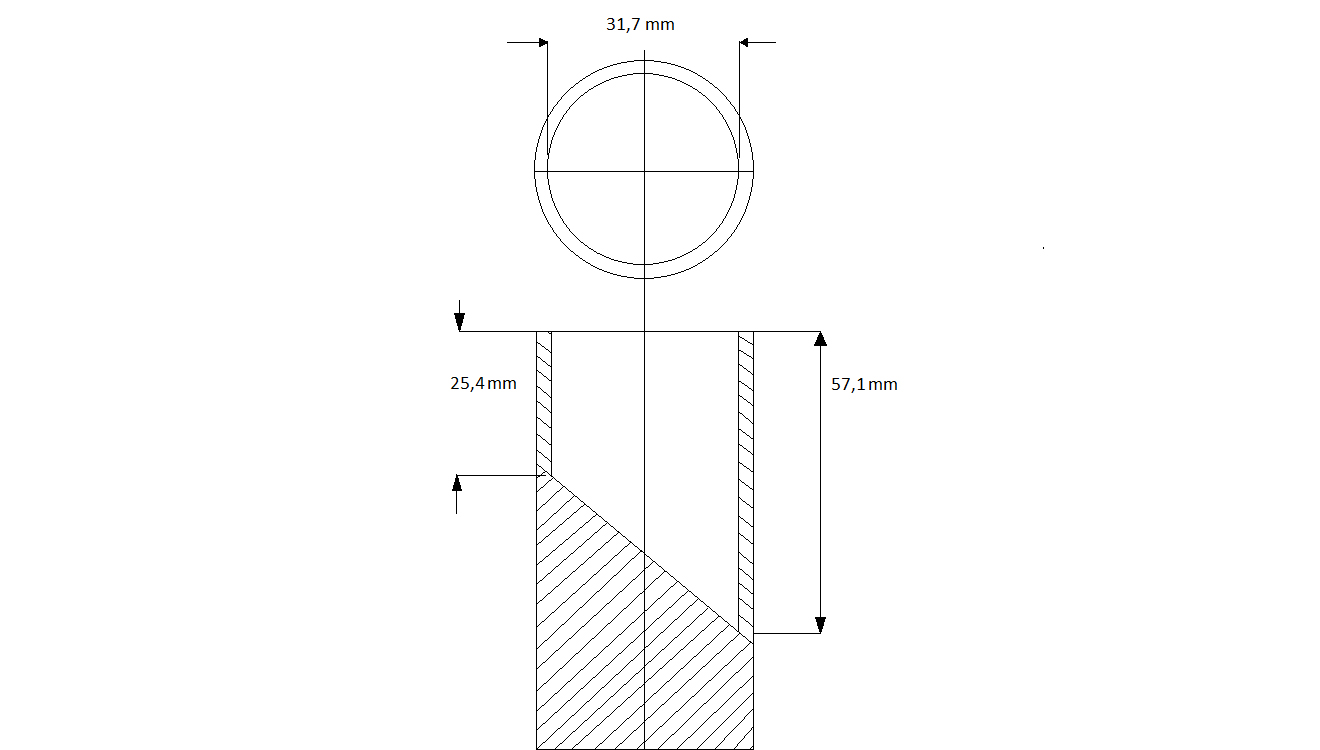Small parts in toys and other products for children
Toys and other products intended for children under the age of 3 and any components that may become detached from them must be of a shape and size that cannot be swallowed by a child or otherwise cause a choking hazard.
Why is the use of small parts restricted?
The aim of the restrictions on small parts is to prevent death and injuries suffered by children under the age of 3 as a result of children’s natural need to explore the world by placing toys and other objects in their mouths.
What products do the restrictions apply to?
Products intended for children under the age of 3, such as:
- toys (e.g. dolls, jigsaw puzzles and rattles),
- child care products (e.g. soother holders, pushchairs, sitting supports and high chairs) and
- furniture for young children.
What is a small part?
A small part is any component that completely fits inside the cylinder used to measure small parts. The cylinder is 57.1 mm high and its diameter is 31.7 mm. The cylinder is the size of the throat of an average 3-year-old.
Picture of the cylinder:

A small part can be:
- the entire toy or other article;
- a separate part of the toy or other article; or
- a component of the toy or other article, which detaches during testing that simulates the behaviour of a child.
If a part fully fits inside the cylinder and comes from a toy or other article intended for children under the age of 3, the toy or other article is not compliant with requirements and must not be made available to consumer due to the choking hazard it poses.
How can manufacturers determine which toys and other articles are intended for children under the age of 3?
The following guidelines and documents by the Finnish Standards Association SFS are examples of tools that can be used for the assessment:
- CR 14379 Classification of toys. Guidelines.
- This document is intended to be used in conjunction with standards for safety of toys. Provides guidelines for deciding which toys are intended for children under 3 years of age and which toys are not intended for such children.
- CEN ISO/TR 8124-8:en Safety of toys. Part 8: Age determination guidelines (ISO/TR 8124-8:2016)
- Provides guidelines for the determination of the lowest age at which children start playing with toys in specific toy sub-categories.
- Guidance document by the European Commission: Guidance document No. 11 on the application of the directive on the safety of toys (88/378/EEC): Toys intended for children above and under 36 months. Language versions DE, FR, EN available.
How are tests used to determine whether small parts are easily detached from a toy or other article intended for children under the age of 3 conducted?
When a toy is tested in accordance with the testing methods defined in standard EN 71-1 (twist, pull, drop and impact tests) parts that are small enough to fully fit inside the testing cylinder must not detach from the toy. The tests imitate conditions that toys, and other articles are subjected to in normal use and misuse by children under the age of 3.
Detailed requirements pertaining to toys and other articles intended for children under the age of 3 are presented in standard EN 71-1.
Labelling of toys intended for children under the age of 3
Toys that are not suitable for children under the age of 3 must be accompanied by a warning that indicates the danger that the toy poses, for example: “Warning. Not suitable for children under the age of 3. Contains small parts. Choking hazard.”
How to label toys that are not suitable for children under the age of 3:
- Markings must be in Finnish and Swedish.
- The age warning can be displayed in text format or using a special symbol (EN 71-1, Section 7.2).
- The age warning must be visible at the time of purchase on the toy, the packaging or a label affixed to the toy.
A toy must not be misleadingly labelled as a toy intended for children over the age of 3 if it is also suitable for children under the age of 3 due to its nature. Warnings that accompany toys must not be misleading or incorrect.